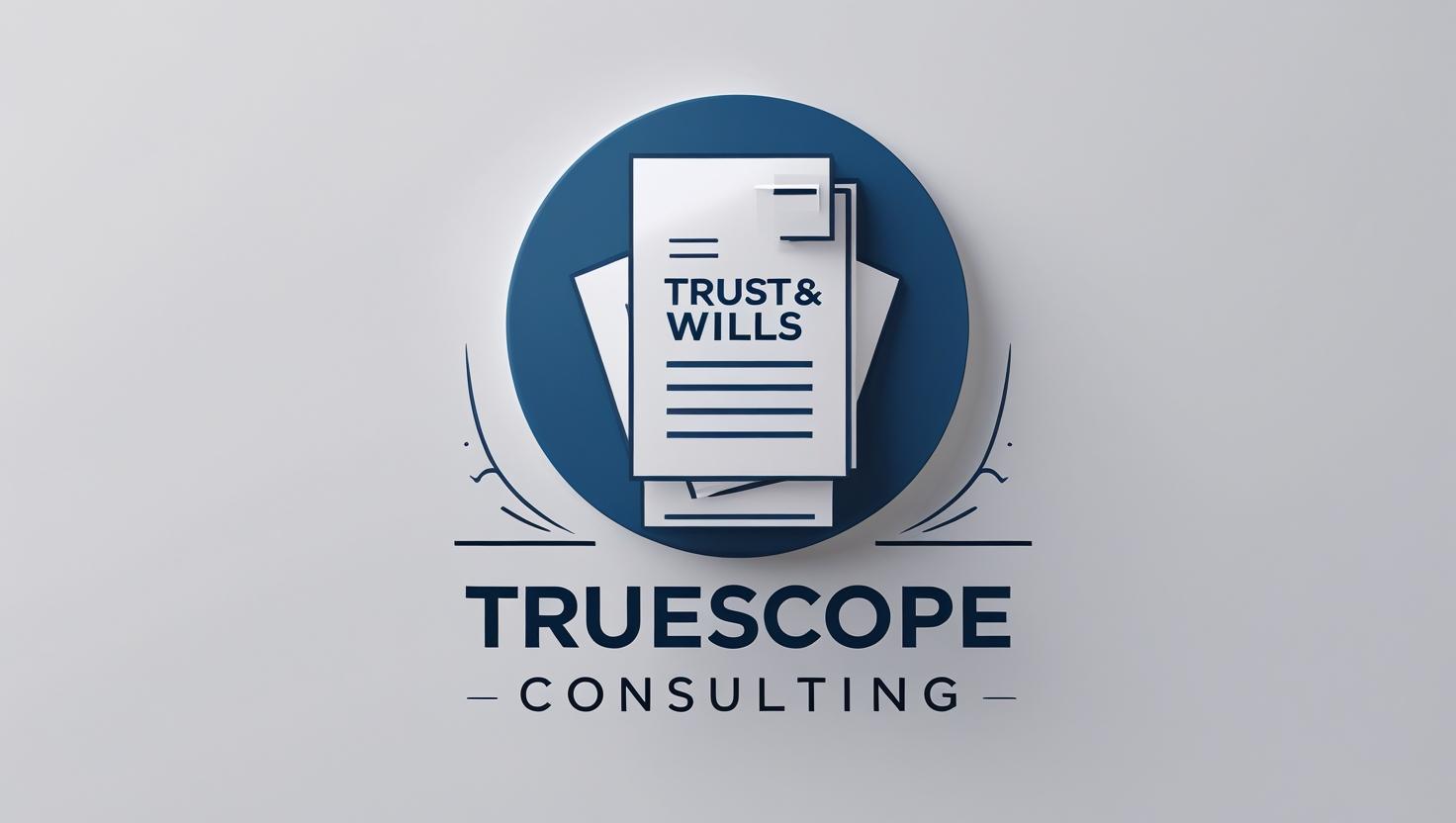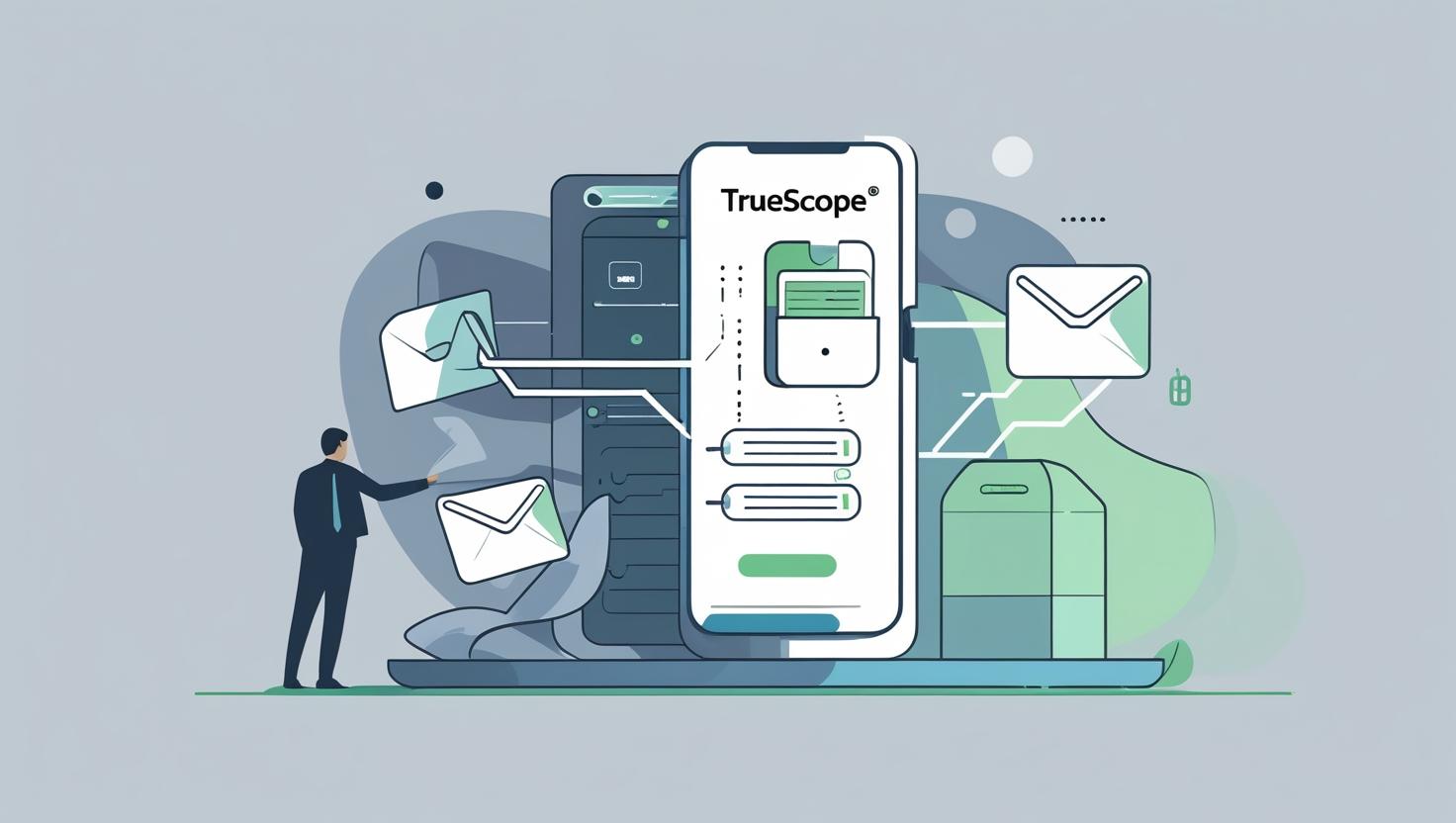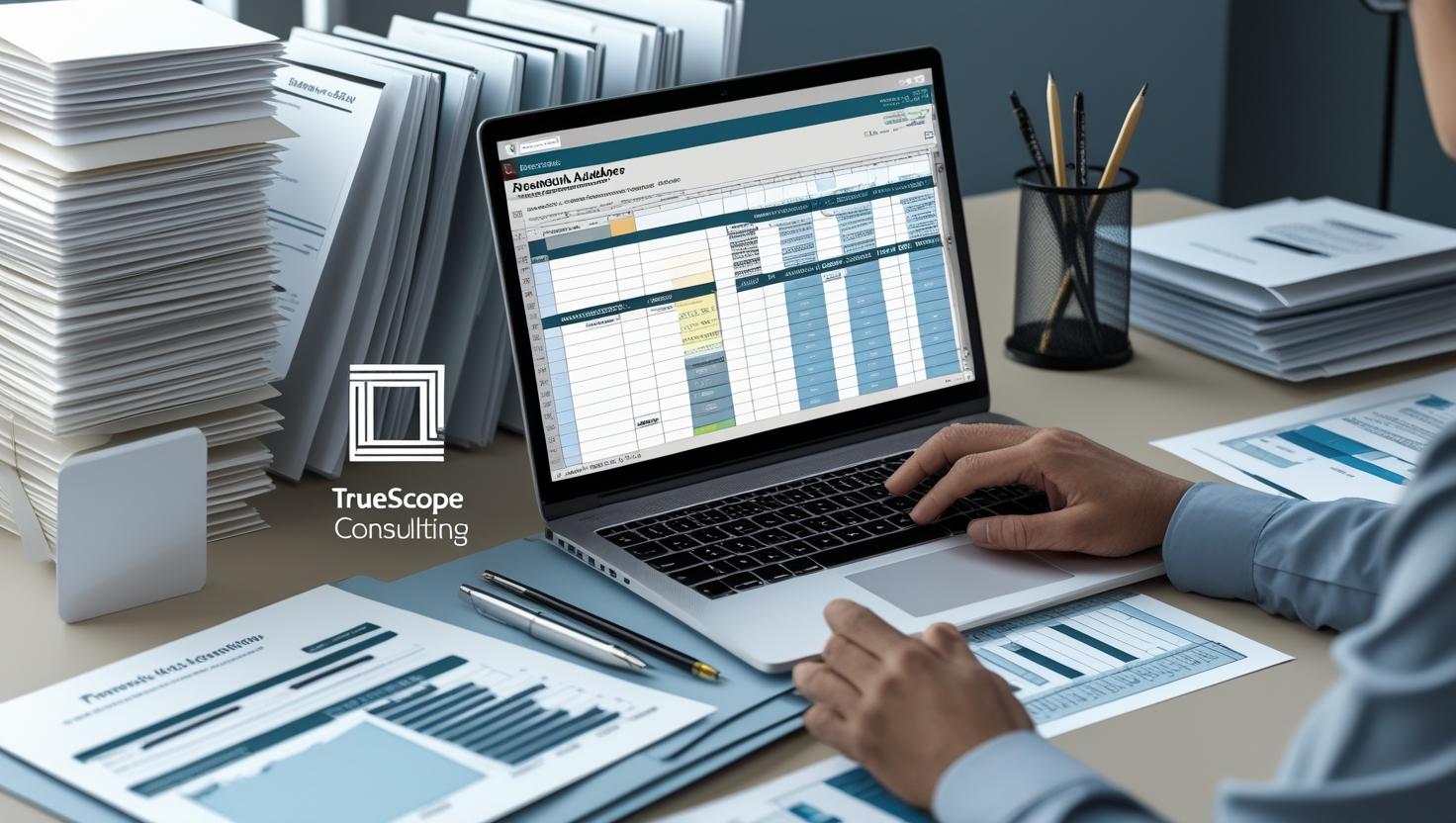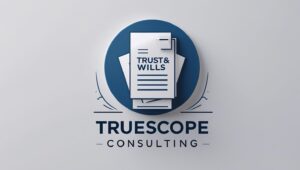Introduction
Cryptocurrency fraud cases present unique challenges for attorneys. Evidence is often digital and decentralized. Bad actors may be anonymous. Judges and juries may find the technical aspects difficult to follow. Whether you’re prosecuting a crypto fraud or defending against claims, a structured approach is essential. This step-by-step guide outlines how legal teams can build a strong cryptocurrency fraud case—from initial investigation through courtroom presentation. By combining traditional legal tactics with blockchain forensics, attorneys can uncover the truth and present compelling evidence that stands up in court.
Step 1: Secure and Preserve Digital Evidence
Preserving digital evidence is a top priority in cryptocurrency fraud cases. Much of this evidence can be quickly altered or lost. Immediate actions include:
- Wallets and Exchange Accounts: Secure crypto wallets by changing passwords and protecting seed phrases. Freeze any exchange accounts to prevent further activity.
- Transaction Records: Save transaction histories and export wallet logs. Take snapshots of relevant blockchain addresses using public explorers.
- Communications: Preserve emails, chat logs, and social media messages related to the fraud. These are crucial for establishing intent.
- Devices: Secure any phones or computers that may contain wallet files or transaction histories for forensic imaging.
Crypto assets can move across borders in minutes. If theft has occurred, assume the culprits will try to conceal or dissipate funds quickly. Prompt action can prevent further loss. Ensure a clear chain of custody for all evidence to maintain admissibility.
Step 2: Engage a Blockchain Forensics Expert
Cryptocurrency fraud investigations are highly technical. Attorneys should engage forensic experts early—typically forensic accountants or cybersecurity professionals with blockchain experience. Experts:
- Trace transactions using analytics tools.
- Audit smart contracts or code for exploits.
- Quantify losses and identify red flags like mixers or rapid withdrawals.
For example, in a complex crypto fraud case, FTI Consulting traced wallet transactions and exposed fraudulent activity. Experts can also assist in drafting subpoenas and eventually testify in court.
Step 3: Trace and Document the Cryptocurrency Flow
Once an expert is onboard, begin tracing stolen crypto assets. Key steps include:
- Start from Known Addresses: Identify where the victim’s funds originated and where they were sent.
- Follow the Trail: Use analytics software to map transactions across wallets. Document amounts, timestamps, and each address involved.
- Spot Cash-Out Points: Look for exchanges or services where crypto was likely converted to fiat.
- Use Clustering Tools: Advanced heuristics reveal wallet networks potentially controlled by the same entity.
Maintain a detailed evidence log. Charts and visual aids from your expert can clarify fund flows for judges and juries.
Step 4: Utilize Legal Tools—Subpoenas and Seizures
With blockchain tracing complete, leverage legal tools:
- Subpoenas: Target exchanges and services with KYC policies. Request account data, login records, and transaction histories.
- Freeze Orders: Courts can issue orders to freeze accounts holding suspected stolen crypto.
- Preservation Letters: Send requests to third parties to prevent deletion of relevant data.
- International Requests: For overseas entities, pursue evidence through Mutual Legal Assistance Treaties (MLATs) or local counsel.
Be precise in all legal requests and prepare for varying levels of cooperation.
Step 5: Build the Case Narrative
Combine blockchain data with other evidence to create a compelling narrative:
- Link Evidence: Show how communications, blockchain activity, and account data identify the suspect.
- Timelines: Create a chronology of events and transactions.
- Expert Reports: Have your expert write clear reports and provide visuals such as flowcharts.
- Legal Framing: Align the evidence with causes of action like fraud, theft, or conversion.
Anticipate defenses such as impersonation or account hacking and gather rebuttal evidence.
Step 6: Prepare for Testimony and Admissibility Challenges
Courts may be unfamiliar with blockchain. Prepare accordingly:
- Qualify the Expert: Establish the expert’s credibility and explain their methods.
- Educate the Court: Use tutorials or briefs to explain crypto basics.
- Defend Evidence: Cite precedents where blockchain evidence was deemed admissible.
- Use Analogies: Compare addresses to bank accounts and transactions to wire transfers.
Prepare motions in limine and use demonstrative exhibits to aid understanding.
Step 7: Litigate the Case Effectively
In court or settlement:
- Present a Clear Narrative: Focus on harm and deception, not just technical details.
- Use Testimony Wisely: Include victims and investigators for real-world context.
- Incorporate Visual Aids: Diagrams and animations make the case accessible.
- Counter Defense Tactics: Rely on corroborating evidence and expert clarity.
Ultimately, frame the story in familiar terms—greed, deception, and restitution.
Conclusion: Turning Blockchain Trails into Justice
Cryptocurrency fraud cases can seem daunting, but attorneys with the right approach can succeed. By preserving evidence, collaborating with forensic experts, tracing assets, and applying strong legal strategies, legal teams can reveal fraud hidden behind blockchain anonymity. Courts increasingly accept blockchain evidence as reliable. With diligence and expertise, digital trails become powerful tools for justice.
Contact TrueScope Consulting for a confidential consultation on crypto tracing and investigation services.











